Which of the following types of bacteria were used in Griffth's transformation experiment?
(a) Dipolcoccus R-III and S - II type
(b) Pneumcoccus ,T2 phage
(c) Streptococcus, R- II and S- III types
(d) Diplococcus, E.coil
Dipolcoccus R-III and S - II type
Penumcoccus , phage
Streptococcus, R- II and S- III types.
Diplococcus, E.coil
The correct Answer is:C
Step-by-Step Solution:
1. Understanding Griffith's Experiment: Griffith's transformation experiment was a landmark study in genetics that demonstrated the phenomenon of transformation in bacteria. It involved the use of different strains of bacteria to show how genetic material could be transferred.
2. Identifying the Bacteria Used: In his experiment, Griffith specifically used two strains of the bacterium *Streptococcus pneumoniae*. One strain was virulent (disease-causing) and had a smooth appearance (S type), while the other was non-virulent (not disease-causing) and had a rough appearance (R type).
3. Analyzing the Options:
- (a) Dipolcoccus R-III and S-II type: This does not refer to the correct strains used in the experiment.
- (b) Pneumococcus, T2 phage: T2 phage is a virus, not a bacterium used in the experiment.
- (c) Streptococcus, R-II and S-III types: This option refers to the correct strains used in Griffith's experiment, as it mentions *Streptococcus pneumoniae* and the R and S types.
- (d) Diplococcus, E. coli: E. coli is not the bacterium used in Griffith's experiment.
4. Conclusion: Based on the analysis, the correct answer is option (c) Streptococcus, R-II and S-III types.
Final Answer: (c) Streptococcus, R-II and S-III types.
---
- (a) Dipolcoccus R-III and S-II type: This does not refer to the correct strains used in the experiment.
- (b) Pneumococcus, T2 phage: T2 phage is a virus, not a bacterium used in the experiment.
- (c) Streptococcus, R-II and S-III types: This option refers to the correct strains used in Griffith's experiment, as it mentions *Streptococcus pneumoniae* and the R and S types.
- (d) Diplococcus, E. coli: E. coli is not the bacterium used in Griffith's experiment.
Topper's Solved these Questions
- MOLECULAR BASIS OF INHERITANCE Book:AAKASH INSTITUTE ENGLISHChapter:MOLECULAR BASIS OF INHERITANCE Exercise:ASSIGNMENT (SECTION -A) Objective Type Questions
Explore 35 Videos
- MOLECULAR BASIS OF INHERITANCE Book:AAKASH INSTITUTE ENGLISHChapter:MOLECULAR BASIS OF INHERITANCE Exercise:ASSIGNMENT (SECTION -B) Objective Type Questions
Explore 36 Videos
- MOLECULAR BASIS OF INHERITANCE Book:AAKASH INSTITUTE ENGLISHChapter:MOLECULAR BASIS OF INHERITANCE Exercise:TRY YOURSELF (Select true of false statement.)
Explore 3 Videos
- MOCK_TEST_20Book:AAKASH INSTITUTE ENGLISHChapter:MOCK_TEST_20Exercise:EXAMPLE
Explore 31 Videos
- MORPHOLOGY OF FLOWERING PLANTSBook:AAKASH INSTITUTE ENGLISHChapter:MORPHOLOGY OF FLOWERING PLANTSExercise:TRY YOURSELF
Explore 38 Videos
Similar Questions
Which of the following is/are not carrectly mathched pairs ?
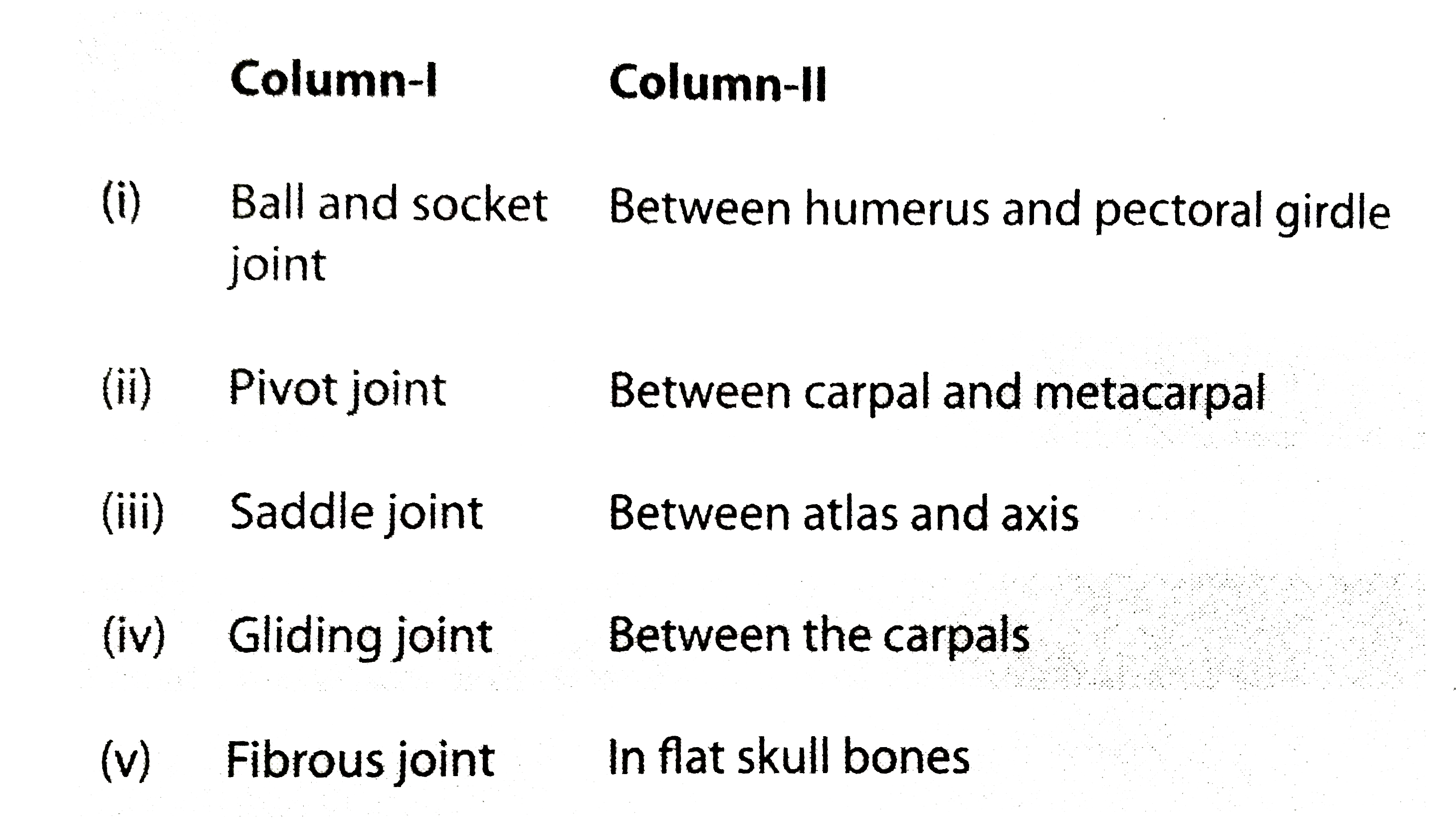
(a) (ii) and (iii)
(b) (i) and (iv)
(c) (v) only
(d) (ii) only
View SolutionLet f be a differentiable function on the open interval(a, b). Which of the following statements must be true?
(i) f is continuous on the closed interval [a,b],
(ii) f is bounded on the open interval (a,b)
(iii)If a < a1< b1 < b, and f(a1) < 0 < f(b1), then there is a number c such that a1 < c < b, and f(c) = 0
(a)Only I and II
(b)Only I and III
(c)Only II and III
(d)Only III
View SolutionWhich of the following secondary metabolites belong to the group drugs
I. Morphine II. Curcumin
III. Codeine IV. Vinblastine
V. Abrin
(a) I and II
(b) I and V
(c) II and IV
(d) I and III
View SolutionWhich of the following is/are not characteristic features of Asteraceae
(A) Cypsela type of fruit
(B) Syngenesious stamens
(C) Ovary bicarpellary and superior
(D) Placentation marginal
(E) Head type of inflorescence
View SolutionWhich of the following statements are false regarding 'Hershey and Chase' experiment, proving DNA is genetic material ?
(i) They made use of rats.
(ii) Radioactivity was seen in supernatant for the medium that was infected by phase radiolabelled with .32P.
(iii) Used radioisotope to label sulphur with .35S in sulphur- containing amino acids.
(iv) Radioactive phages were allowed to attach to E. coli bacteria.
View SolutionWhat types of bonds will be formed between the following pairs of elements and why? (a) K, CI (b) Ca, S (C)N, H (d) C, O
View SolutionSynthesies the following alcohols by using:
a. Grignard reagent (G.R.)
b. Not using G.R. (any other method).
(I)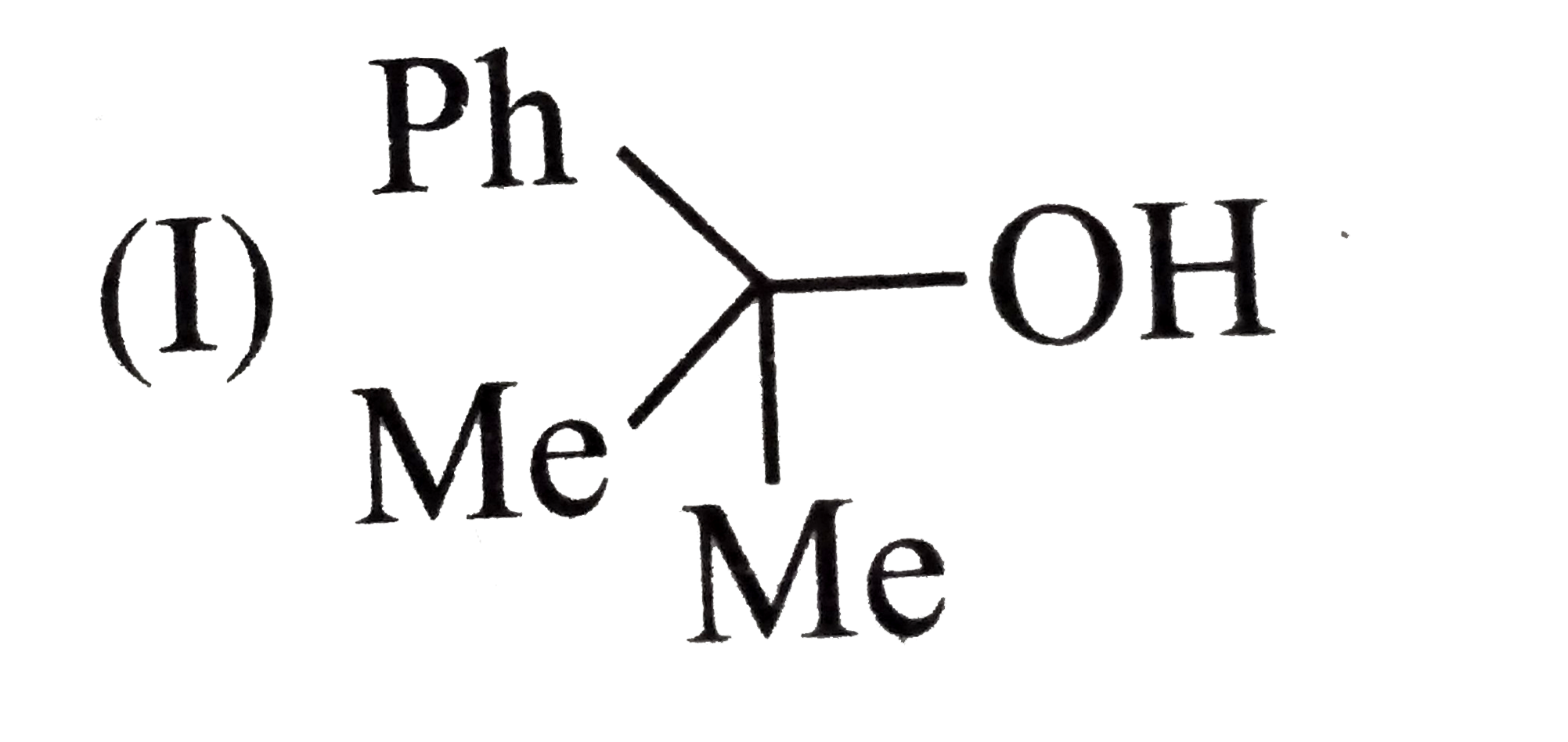 (II)
(II) 
(III)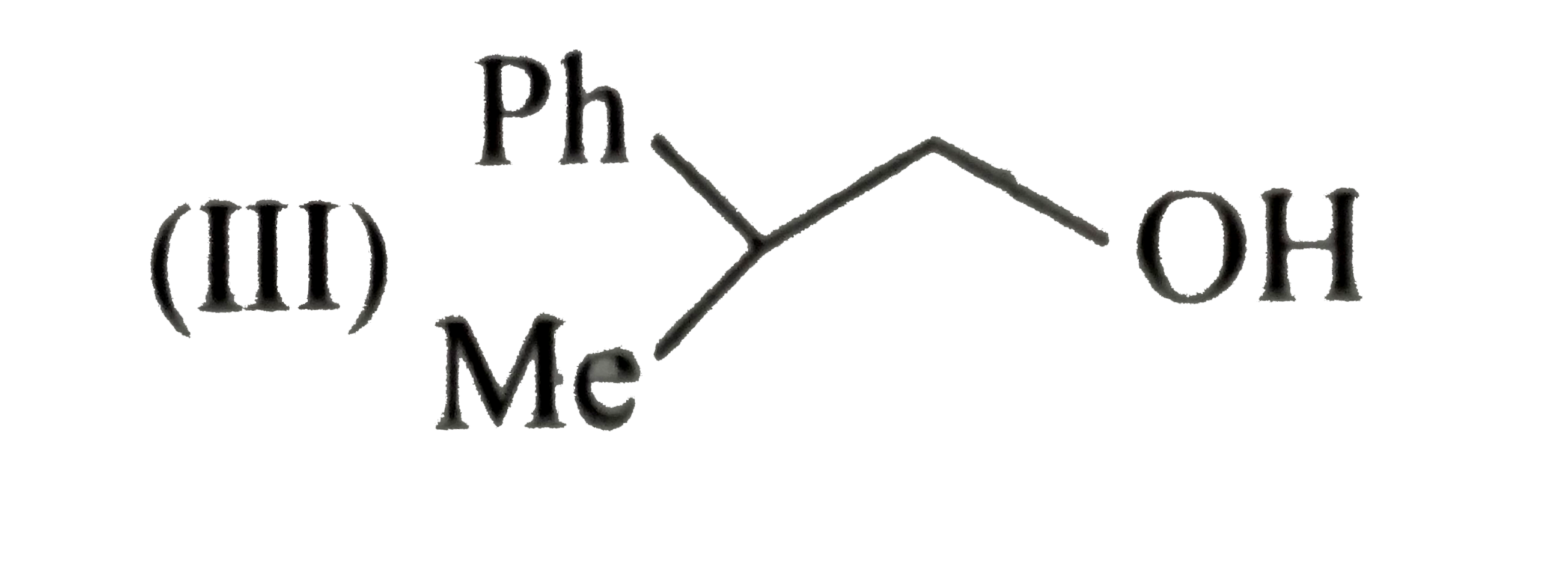 (IV)
(IV) 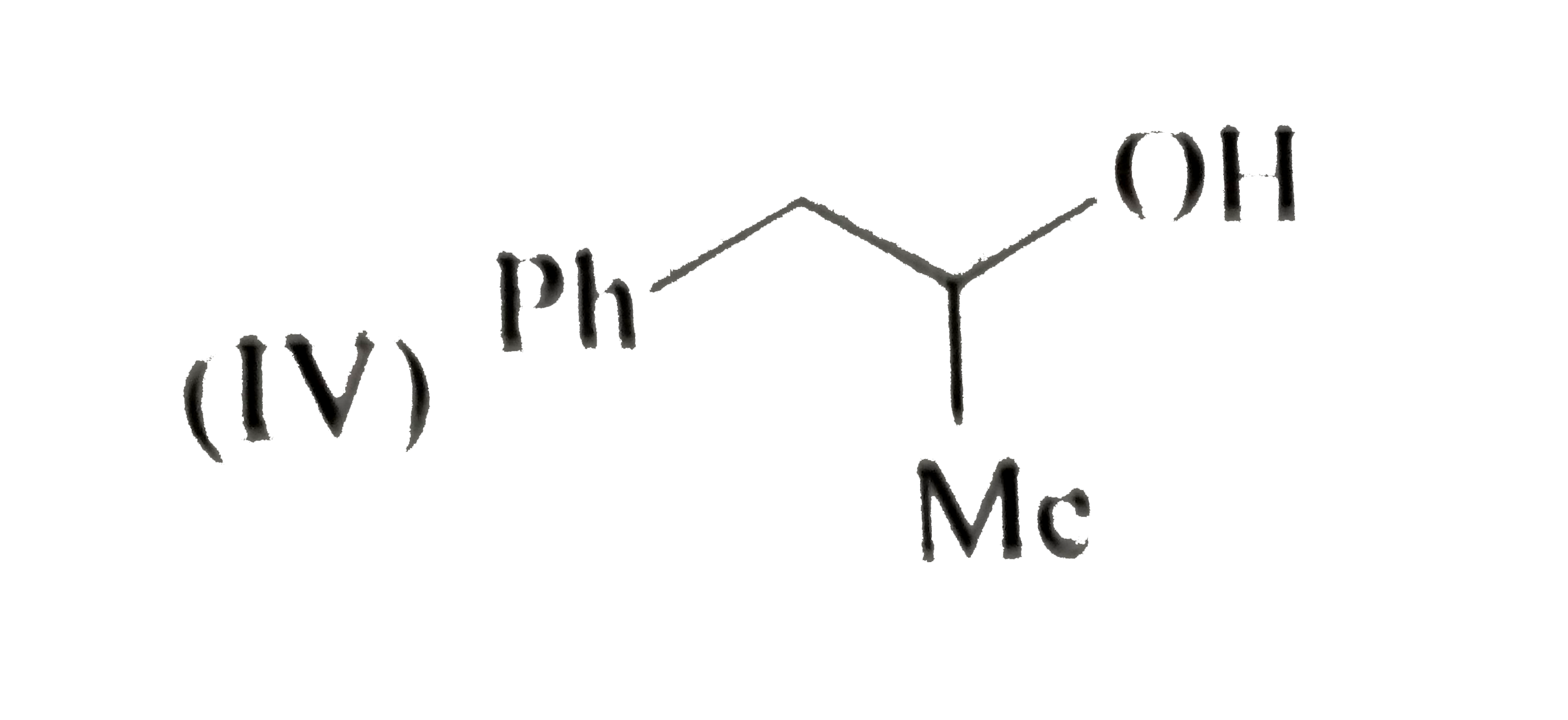
(V)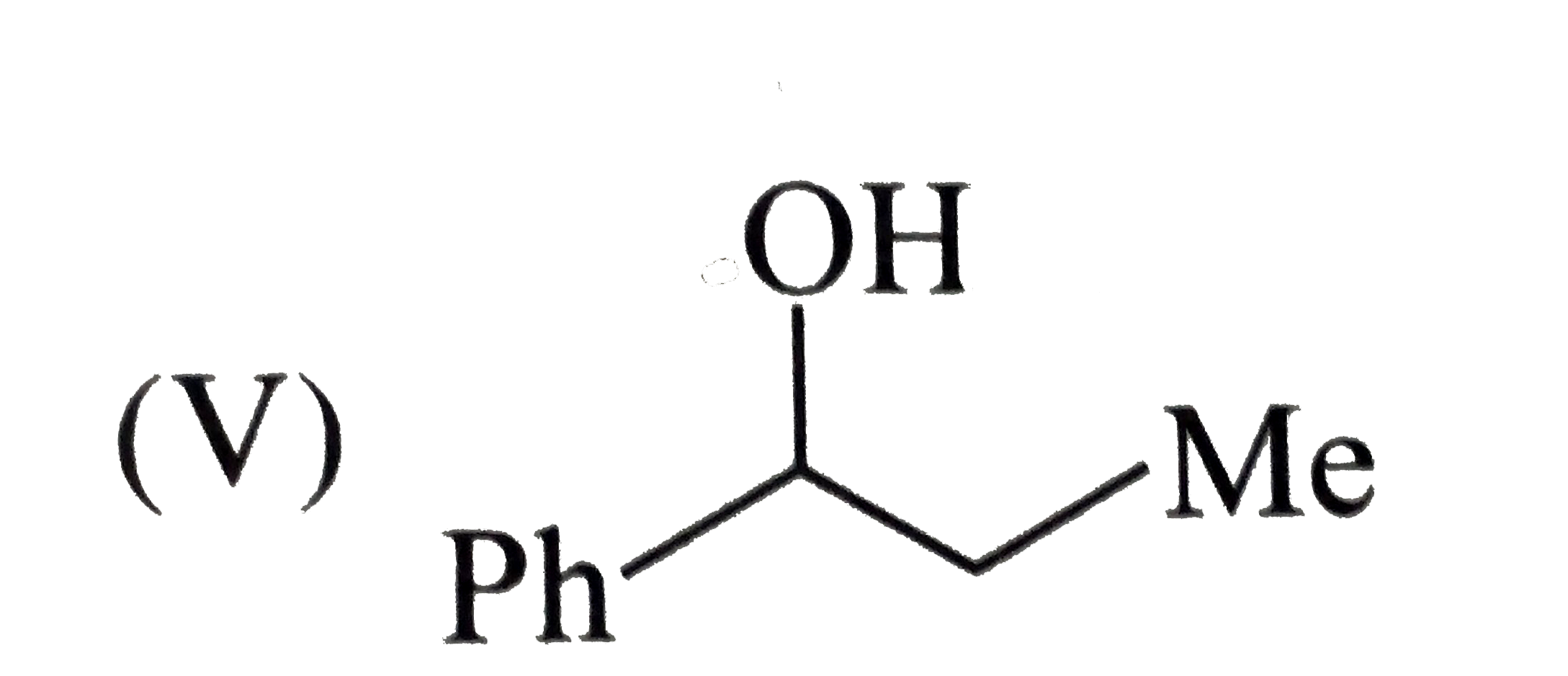
View SolutionFor each of the following statement determine which type of 'or ' is used ?
(i) the rectangle is a four sided or a five sided polygon.
(ii) two lines interest at a point or are parallel.
(iii) sun rises or moon sets.
View SolutionMatch the type of bacteria listed in column I with their activity given in column II. Choose the correct combination of alphabets of the two columns
∣∣ ∣ ∣ ∣ ∣ ∣ ∣ ∣∣Column-I(Types of bacterial)Column-II(Activity)A.Steptomycesp.Food poisoningB.Rhizobiumq.Source of antibioticsC.Nitrosomonasr.Nirogen fixationD.Acetobacters.Nitrificationt.Vinegar synthesis∣∣ ∣ ∣ ∣ ∣ ∣ ∣ ∣∣
View SolutionRead the statement and choose the correct option
I. Secretion of interferons is a physiological barrier of innate immunity
II. T-lymphocytes are responsible for cell mediated immunity
III. Injection given against snake venom is a type of active immunisation
IV. Antibodies produced during allergic reactions are of IgA type
(a) i and ii are correct
(b) ii and iv alone are correct
(c) iii alone is correct
(d) ii alone is correct
View Solution
